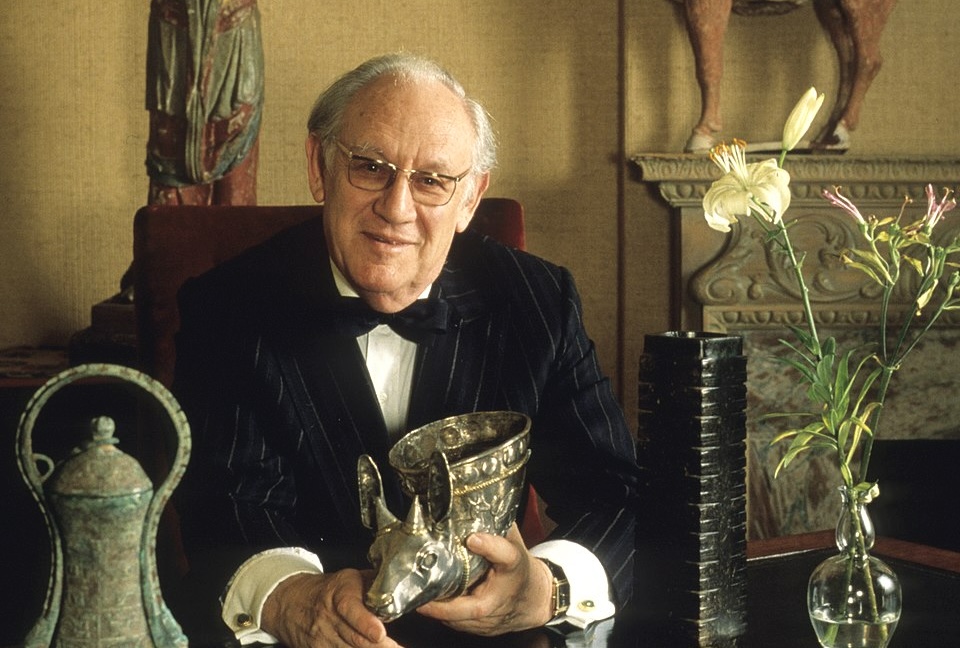As a compass points north, accusatory fingers always find a point source of blame. From witches to martyrs to superstition, it is human nature to look for a scapegoat where often none exist.
During the HIV epidemic, all eyes were on the mythical “Patient Zero” for introducing the virus to the U.S. The public pinned the COVID-19 pandemic on a singular man, rumored to have eaten the first infected bat. In both of these cases, the crisis was not wrought by a single individual, but instead by complex processes.
However, unlike these epidemics, the opioid epidemic can be traced back to the once illustrious Sackler Family.
The Rise
Arthur, Raymond, and Mortimer Sackler, the children of Galician Jewish immigrants, grew up in Brooklyn in the 1930s. Brilliant, charming, and charismatic, the three brothers created a name for themselves for their brilliant and trailblazing work with medication techniques.
However, the most indelible mark they made is the way they revolutionized medical marketing.
“Sackler’s ads had a very serious, clinical look—a physician talking to a physician. But it was advertising,” said John Kallir, a former longtime employee of the Sacklers.
The ads the Sacklers pushed were at best misleading and at worst untrue. However, these nefarious practices yielded tremendous wealth, which the brothers lavishly donated and eventually used to buy Purdue Pharma.
Kingpin
In 1996, Purdue Pharma released OxyContin, a reformulated version of oxycodone in its slow-release form. The company began aggressively marketing the drug, claiming that it was “the product to start and stay with.”
Purdue funded research, hired doctors, and trained salespeople to mislead the public that the concern over the addictive potential of oxycodone was overexaggerated. The campaign was a success. Doctors prescribed OxyContin for a wider and wider range of problems at higher and higher doses.
“If you look at the prescribing trends for all the different opioids, it’s in 1996 that prescribing really takes off,” said Andrew Kolodny, the co-director of the Opioid Policy Research Collaborative at Brandeis University. “It’s not a coincidence. That was the year Purdue launched a multifaceted campaign that misinformed the medical community about the risks.”
The Fall
Despite OxyContin’s success, many began to notice that the drugs did not deliver on the claims it promised. Despite its claims that the drug was “unabusable,” many were going through vicious withdrawal symptoms. OxyContin also didn’t last as long as promised, leading to a greater risk of abuse as many took more than the prescribed amount.
Because of this, OxyContin is one of the main of the culprits of the opioid crisis. More than 645,000 people have died since Purdue’s introduction of the potent drug in 1996. In 2023, there were 301 opioid-related overdoses in Alameda County alone.
The devastation caused by the company didn’t go unnoticed. Purdue is now facing a multitude of lawsuits from numerous states, counties, and cities and is hemorrhaging billions of dollars in settlements. In addition, various institutions around the world erased association with the Sackler name despite their vast philanthropic involvement.
“I don’t know how many rooms in different parts of the world I’ve given talks in that were named after the Sacklers,” said Allen Frances, the former chair of psychiatry at Duke University School of Medicine. “Their name has been pushed forward as the epitome of good works and of the fruits of the capitalist system. But, when it comes down to it, they’ve earned this fortune at the expense of millions of people who are addicted. It’s shocking how they have gotten away with it.”
“The modern Medici;” “philanthropists;” “visionaries in medicine and marketing.” How the epithets once piled up. While a fortune may be recoverable, a good name once lost, is lost forever. The Sackler name now only bears the legacy of the most evil family in America.
Sources
https://en.wikipedia.org/wiki/Sackler_family












